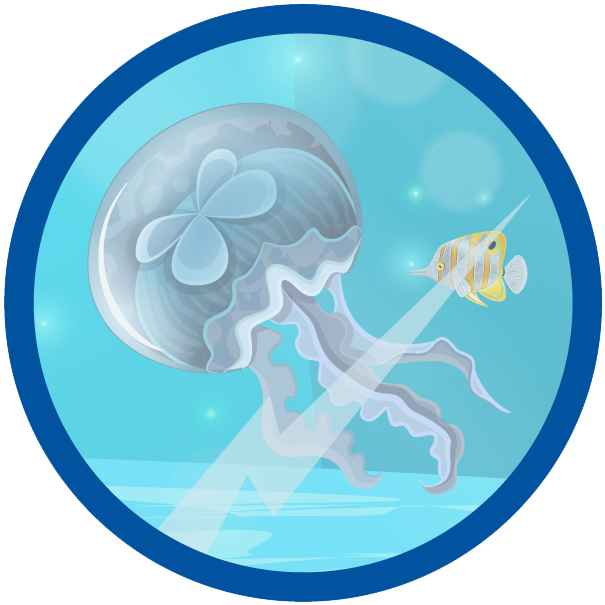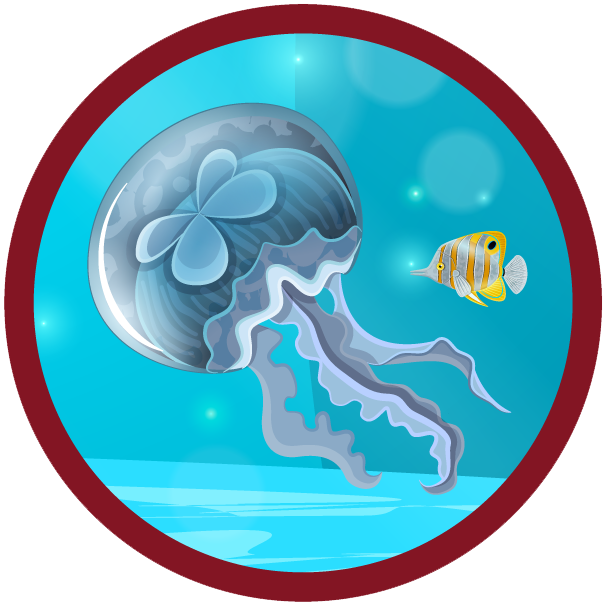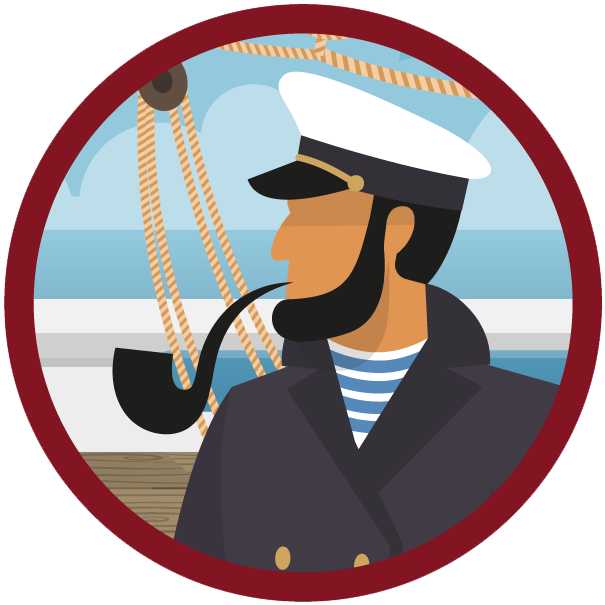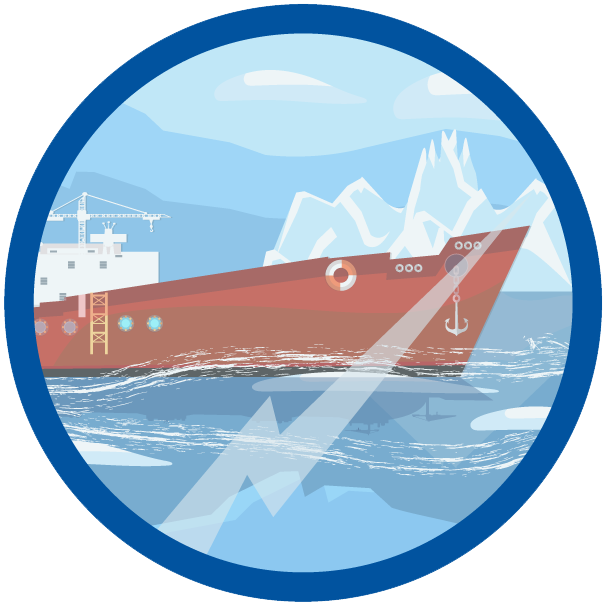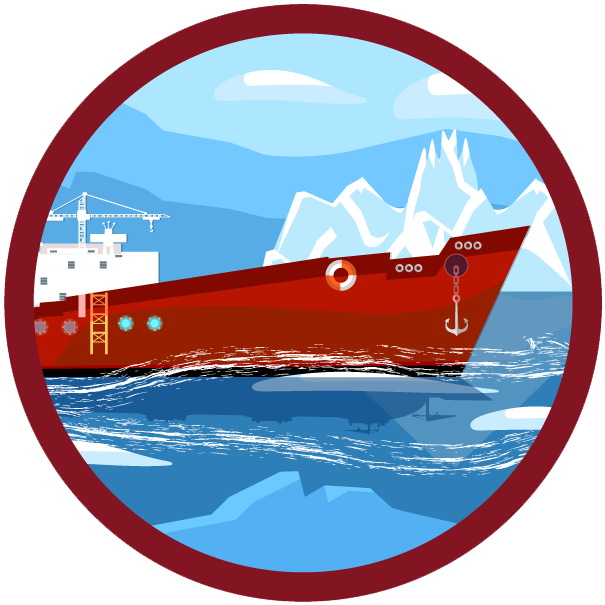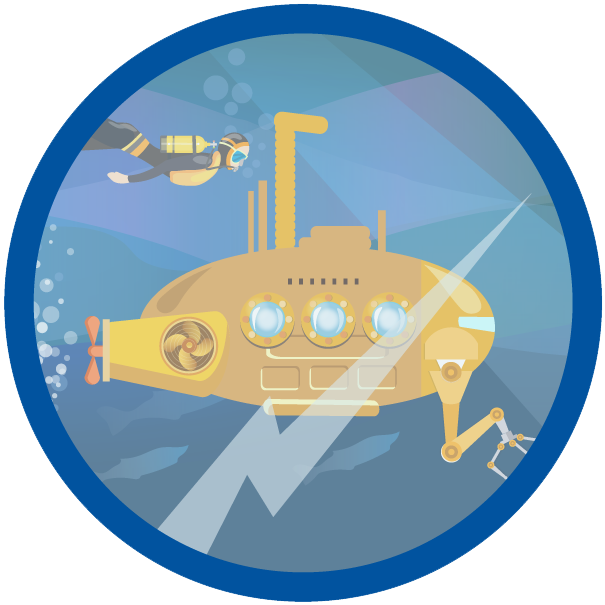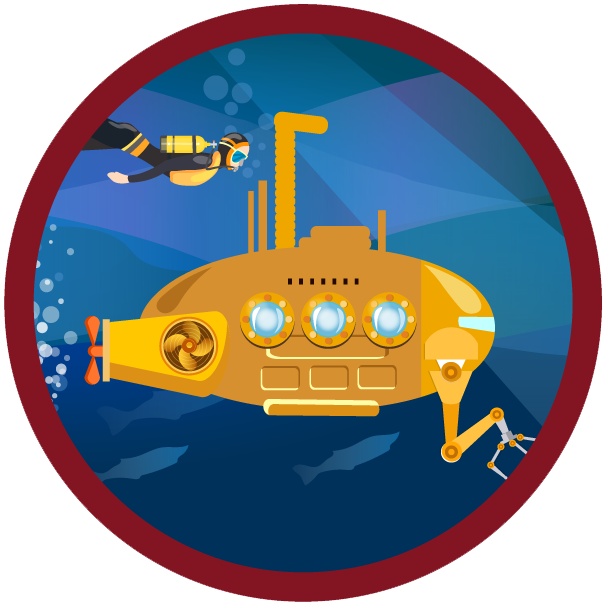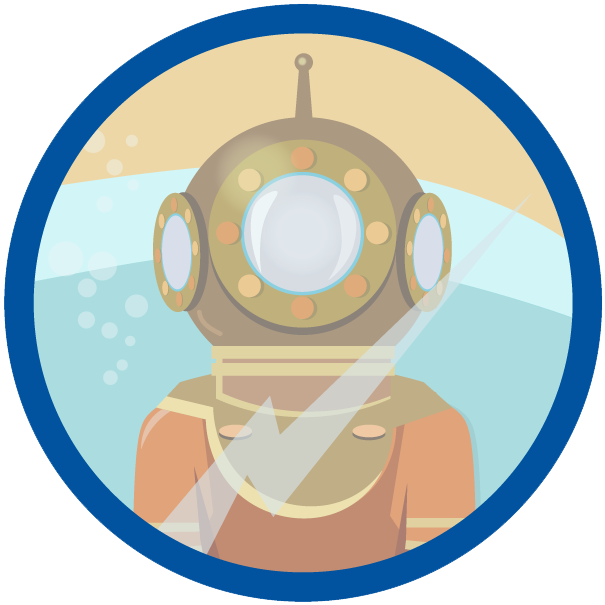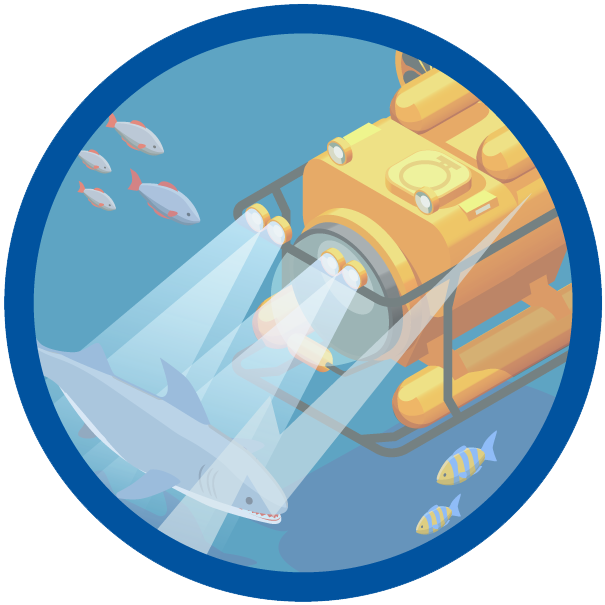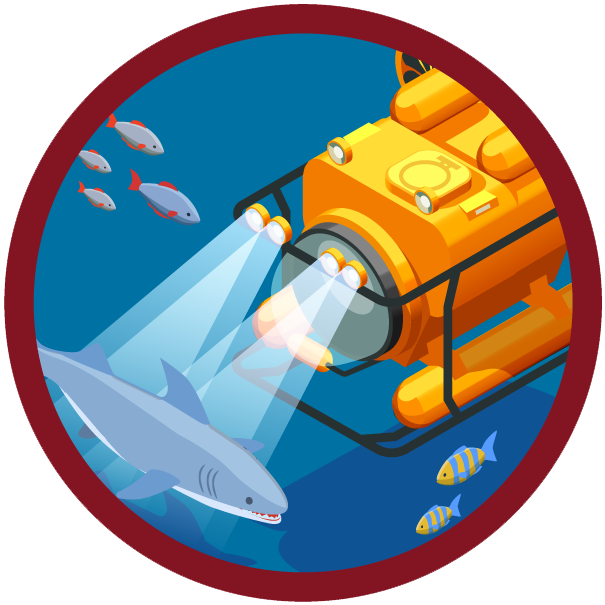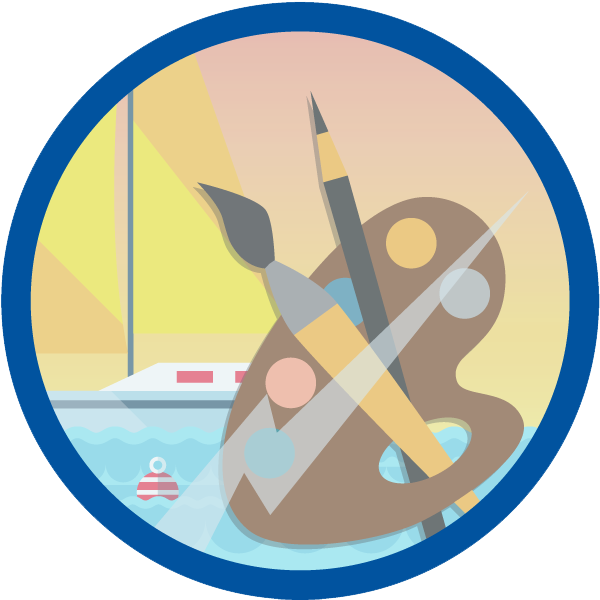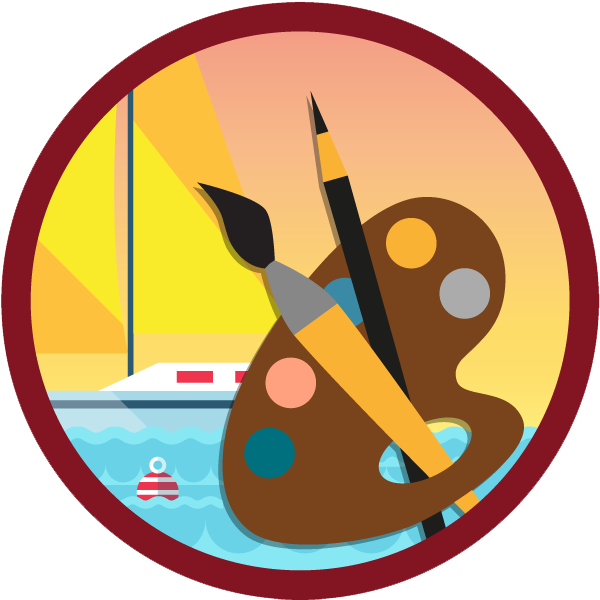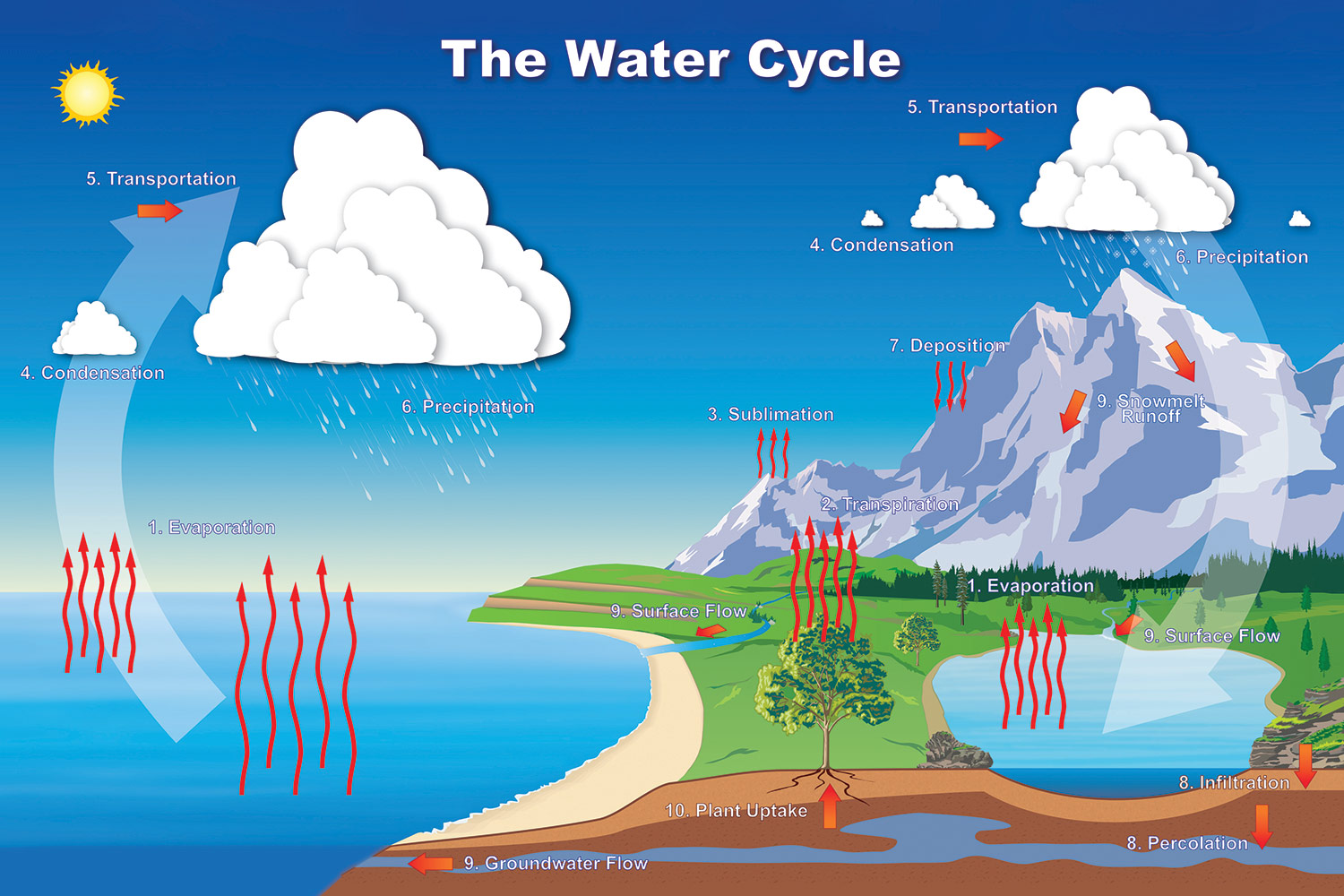
DISCOVER MORE
Those of us with an interest in ships and the sea talk a lot about water, but water is not just important for ships to sail across, it is the most abundant and vital substance on earth. It is essential to life and a major component of all living things.
There are approximately 336,000,000,000,000,000,000 gallons of water on the earth, existing in three states: solid, liquid and gas. The sources for this water storage are the oceans, ice caps and glaciers, ground water, fresh-water lakes, soil moisture, atmosphere, and rivers.
How does all this water move from one place to another? Sure, it flows down rivers and swirls around in ocean currents, but did you know that there is a cycle that ties everything together? We call the process of water changing into vapor (a gas) and back into a liquid or solid as the hydrologic cycle. This basic cycle is seen almost daily around the world in the formation and dissipation of clouds. A cloud develops when water vapor becomes a liquid. Conversely, when a cloud dissipates, liquid water changes back into a gas.
The graphic above represents the different processes in the cycle.
- Water changing state from a liquid to vapor is called evaporation.
- Transpiration is a special type of evaporation where moisture from plants and trees evaporates into the atmosphere.
- Sublimation is the process by which ice and snow (a solid) changes into vapor without going through the liquid phase.
- Water vapor changing into water droplets is called condensation. This is when we begin to see clouds.
- Transportation is the movement of solid, liquid, and gaseous water through the atmosphere.
- Precipitation is water that falls to the earth as rain, snow, sleet, drizzle, or hail.
- Deposition is the reverse of sublimation. Water vapor changes into a solid—ice—without going through the liquid phase. This is most often seen on clear, cold nights when frost forms on the ground.
- Infiltration is the movement of water into the ground from the surface, while percolation is the movement of water past the soil and going deep into the groundwater.
- Surface flow is the transport of water by rivers, lakes, and streams to the ocean. Groundwater is the flow of water underground in aquifers. Groundwater sometimes returns to the surface in springs or eventually seeps into the oceans.
- Plant uptake is the term used to describe when water from a groundwater source travels up the roots and branches of plants to its leaves or flowers.
Did You Know?
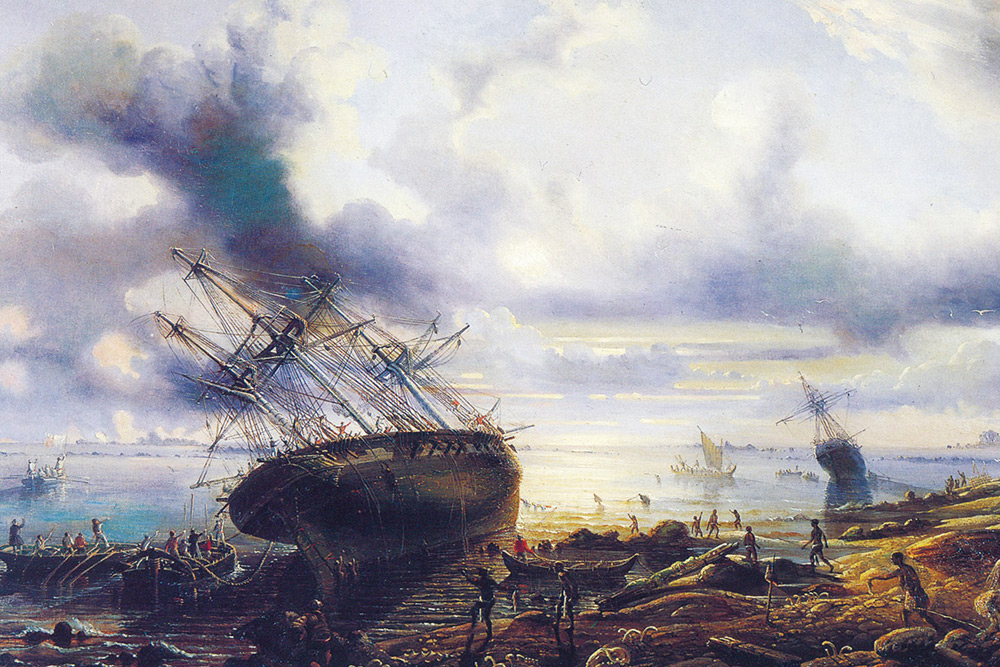
Today, shipyards have a number of ways to get a ship out of water, either by hauling it out or by floating it into a basin and the water pumped out.
Historically though, sea captains would careen their vessels in shallow water by either heaving it over on its side while it was still afloat or by anchoring in shallow water at high tide and then waiting for the tide to go out. The vessel would touch bottom, and, as the tide went out, lay over on its side.
How does one go about getting a ship, especially a big ship, high and dry out of the water today?

